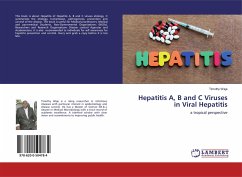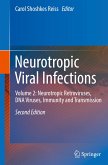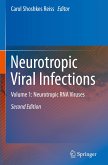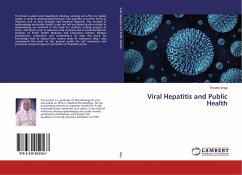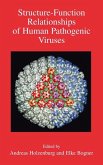In general, infection of a host by multiple pathogens has important clinical implications. In conjunction with HIV, co-infections are associated with a significantly decreased survival probability. Unexpectedly, long-term viremia of the apathogenic GB Virus C (GBV-C) leads to improved survival of GBV-C co-infected HIV patients. However, epidemiological studies cannot prove a causal relationship nor they distinguish whether the observed reduction in HIV associated morbidity and mortality is caused by GBV-C/HIV interference or if GBV-C serves just as a surrogate marker for a robust immune system. Therefore, cell culture experiments were necessary. Indeed, GBV-C inhibits different HIV strains and clades. The underlaying mechanism of HIV suppression is complex. In addition to GBV-C proteins, such as the E2 glycoprotein that possess the ability to inhibit HIV entry or the NS5A protein that may imair later HIV replication steps, GBV-C elicits antibodies that neutralize HIV comparable to the broad reactive human anti-gp41 antibodies 2F5 and 4E10, as well. Taken together a combination of both inhibitory effects present an innovative approach for further drug development and vaccine design.
Bitte wählen Sie Ihr Anliegen aus.
Rechnungen
Retourenschein anfordern
Bestellstatus
Storno


